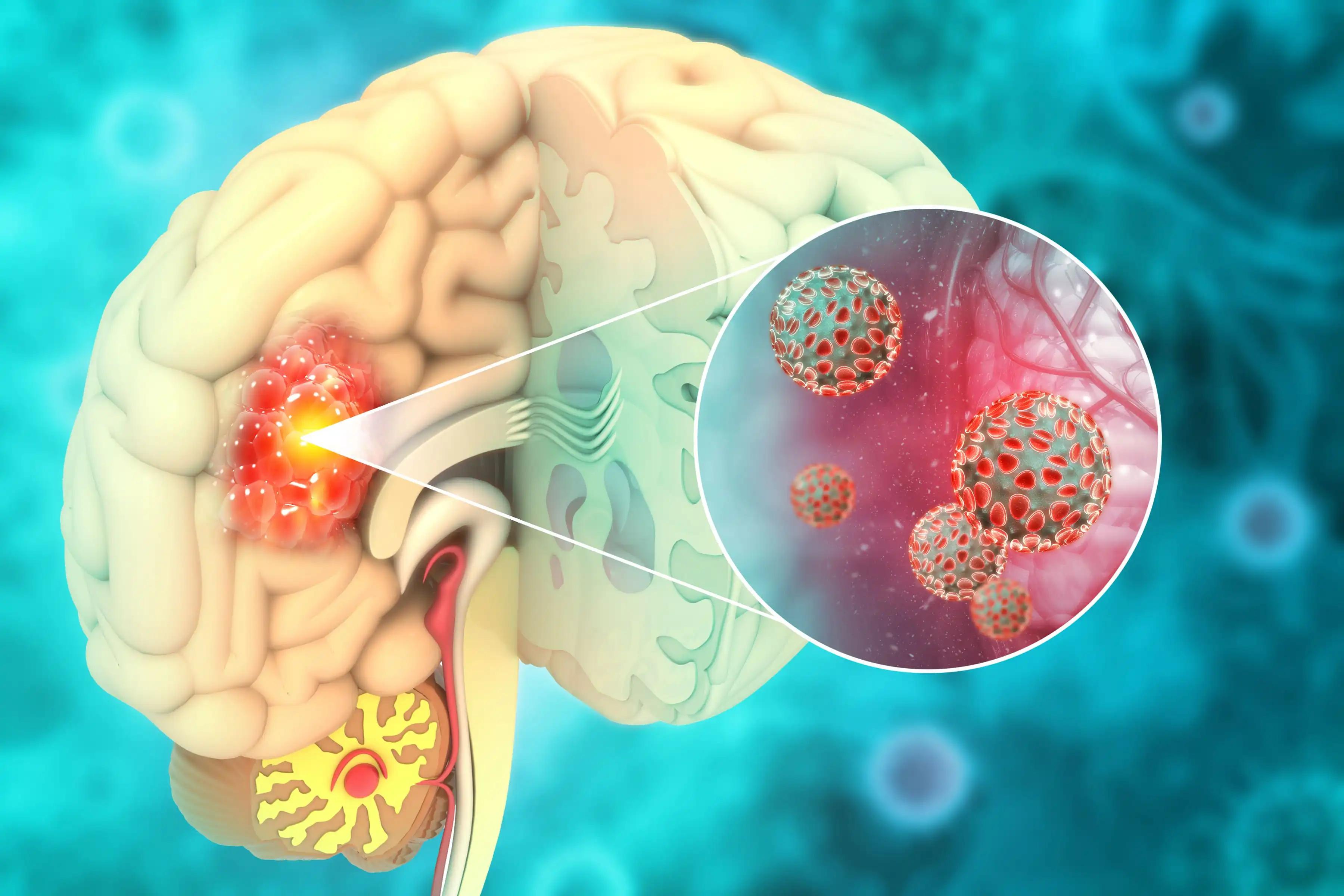KEY TAKEAWAYS
- The study aimed at amino-acid PET’s prognostic value in HGG patients stopping TMZ after the Stupp protocol.
- The results revealed an absence of significant PET uptake post-TMZ, indicating a favorable prognosis in patients with HGG post-Stupp protocol.
High-grade gliomas (HGG) are aggressive brain cancers, necessitating advanced imaging for prognostic evaluation.
Adeline Zinsz and the team aimed to assess the prognostic value of amino-acid PET in patients with HGG discontinuing temozolomide (TMZ) after the Stupp protocol.
The analysis included patients with HGG who underwent dynamic [18F]FDOPA PET imaging within 3 months after completing TMZ therapy following the Stupp protocol. Researchers correlated static and dynamic PET parameters, MRI responses according to RANO criteria, and clinical and histo-molecular factors with progression-free survival (PFS).
About 32 patients (59.4 [54.0;67.6] years old, including 13 women (41%)) were included. The static PET parameters, peak tumor-to-background ratio, and metabolic tumor volume (with respective thresholds of 1.9 and 1.5 mL) demonstrated the highest accuracy at 84% for predicting PFS at 6 months (P= 0.02). These static PET parameters were also independent predictors of PFS in multivariate analysis (P ≤ 0.05).
The study concluded that in patients with HGG who underwent the Stupp protocol, the absence of significant PET uptake after TMZ is a favorable prognostic factor.
No funding was provided.
Source: https://link.springer.com/article/10.1007/s11060-024-04722-2
Zinsz, A., Ahrari, S., Becker, J., et al. (2024). “Amino-acid PET as a prognostic tool after post Stupp protocol temozolomide therapy in high-grade glioma patients.” J Neurooncol (2024). https://doi.org/10.1007/s11060-024-04722-2.



